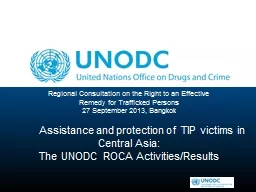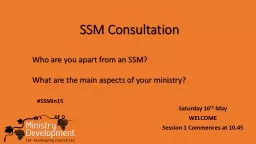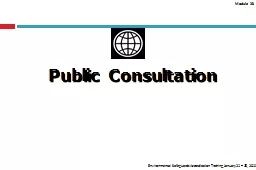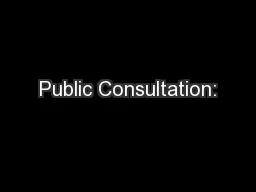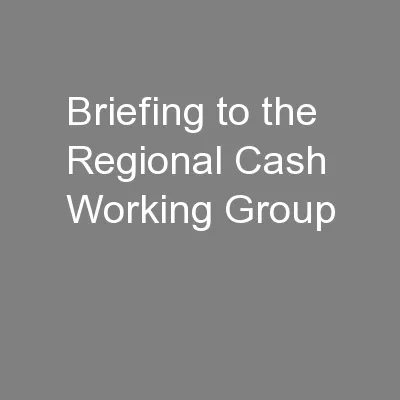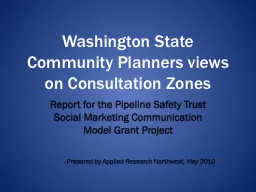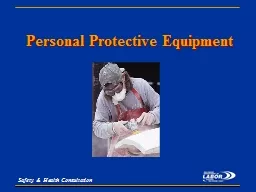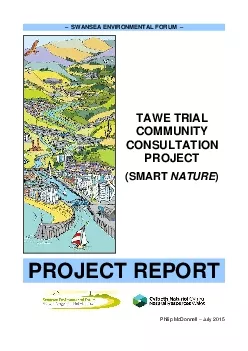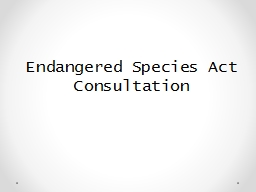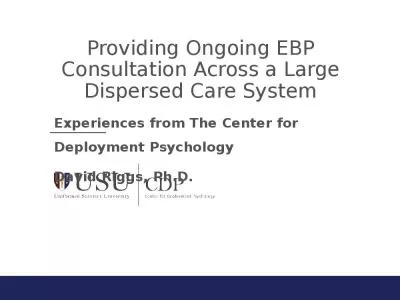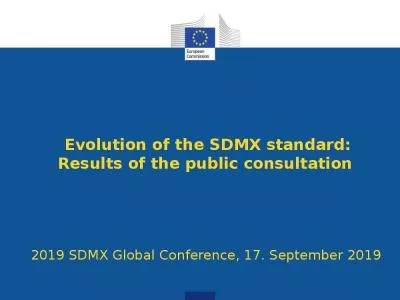PPT-Regional Consultation on the Right to an Effective
Author : yoshiko-marsland | Published Date : 2016-07-15
Remedy for Trafficked Persons 27 September 2013 Bangkok Assistance and protection of TIP victims in Central Asia The UNODC ROCA ActivitiesResults Support to TIP
Presentation Embed Code
Download Presentation
Download Presentation The PPT/PDF document "Regional Consultation on the Right to an..." is the property of its rightful owner. Permission is granted to download and print the materials on this website for personal, non-commercial use only, and to display it on your personal computer provided you do not modify the materials and that you retain all copyright notices contained in the materials. By downloading content from our website, you accept the terms of this agreement.
Regional Consultation on the Right to an Effective: Transcript
Download Rules Of Document
"Regional Consultation on the Right to an Effective"The content belongs to its owner. You may download and print it for personal use, without modification, and keep all copyright notices. By downloading, you agree to these terms.
Related Documents

